E-commerce is one of the fastest-growing and most profitable ways to make money online. Whether you’re looking to start a full-time business or build a side hustle, selling products digitally offers low startup costs, global reach, and high scalability.
In this guide, you’ll learn how to start making money through e-commerce in 2025, including dropshipping, print-on-demand, Amazon FBA, and niche store strategies—all without needing a physical storefront.
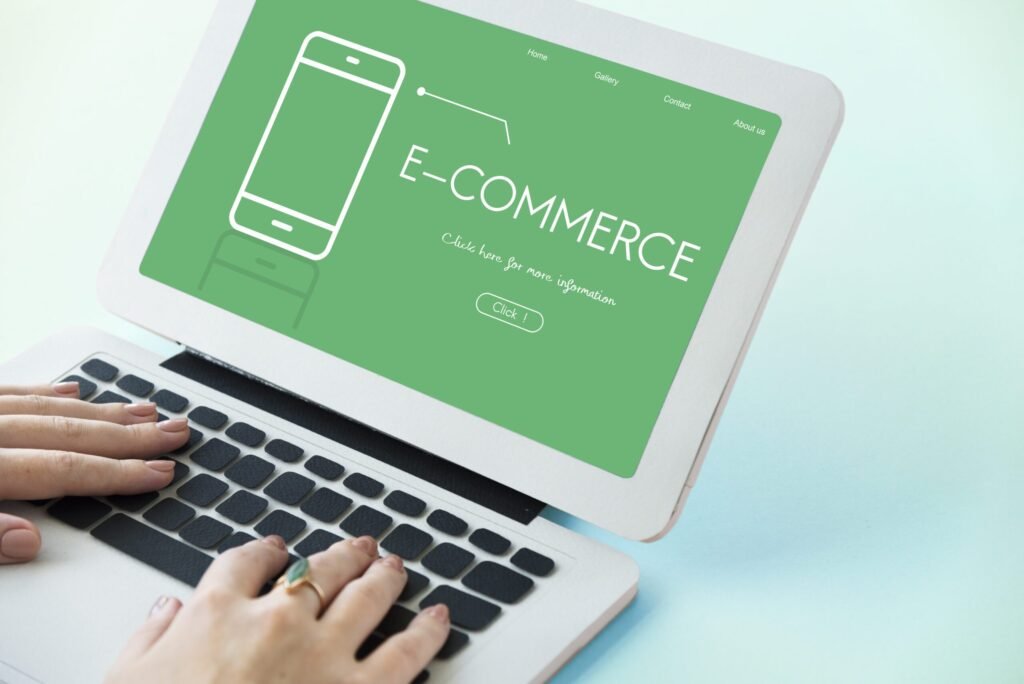
1. Start a Dropshipping Business
Dropshipping allows you to sell products without holding inventory. When a customer buys from your store, the supplier ships directly to them.
How to Get Started:
- Choose a niche (e.g., pet supplies, home décor, fitness gear).
- Use Shopify or BigCommerce to set up your store.
- Find suppliers on AliExpress, Spocket, or Oberlo.
- Drive traffic using Facebook Ads, Google Ads, or SEO.
💡 Pro Tip: Focus on trending products or solve specific problems (e.g., ergonomic desk tools, eco-friendly products).
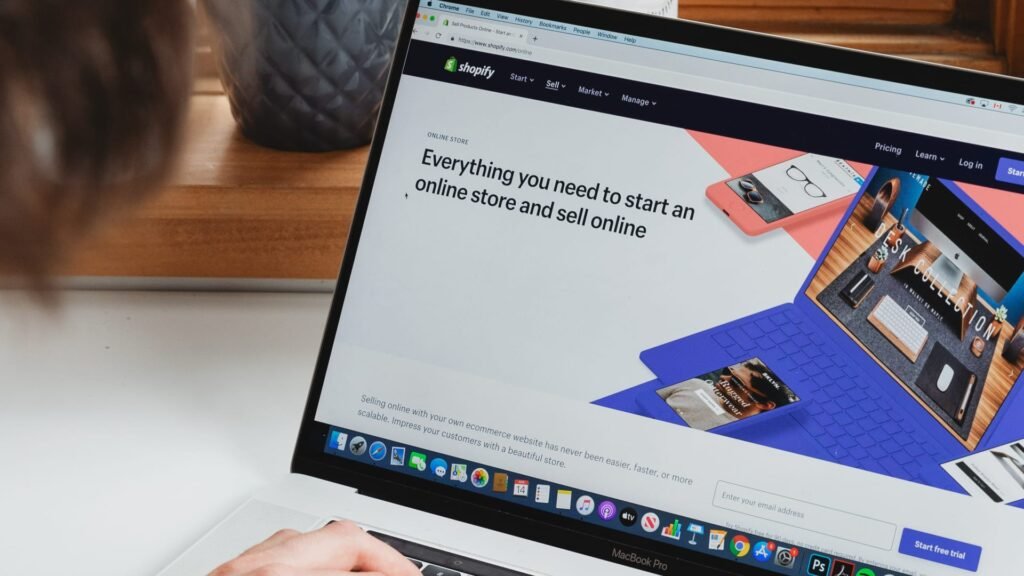
2. Sell Products on Amazon FBA
Amazon FBA (Fulfillment by Amazon) lets you list products on Amazon while Amazon handles storage, shipping, and customer service.
Steps to Start:
- Research profitable products using tools like Helium 10, Jungle Scout, or Keepa.
- Source your product from Alibaba, AliExpress, or local manufacturers.
- Brand and ship your product to Amazon’s warehouse.
- Optimize listings for better visibility and sales.
🎯 Tip: Look for products under $30 that are lightweight and easy to source.
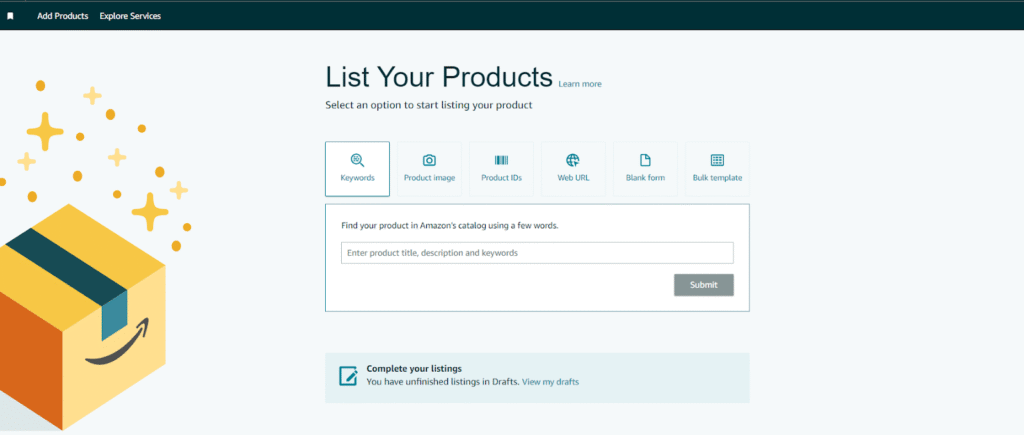
3. Launch a Print-on-Demand Store
Print-on-demand lets you sell custom products like T-shirts, mugs, and phone cases without ever touching inventory.
Top Platforms:
- Printful
- Teelaunch
- Gelato
- Printify
How It Works:
- Design custom artwork using Canva or Adobe Express.
- Upload designs to your store (via Shopify or Etsy).
- Customers place orders → Supplier prints and ships.
💡 Pro Tip: Use TikTok, Pinterest, or Instagram to promote your designs organically.
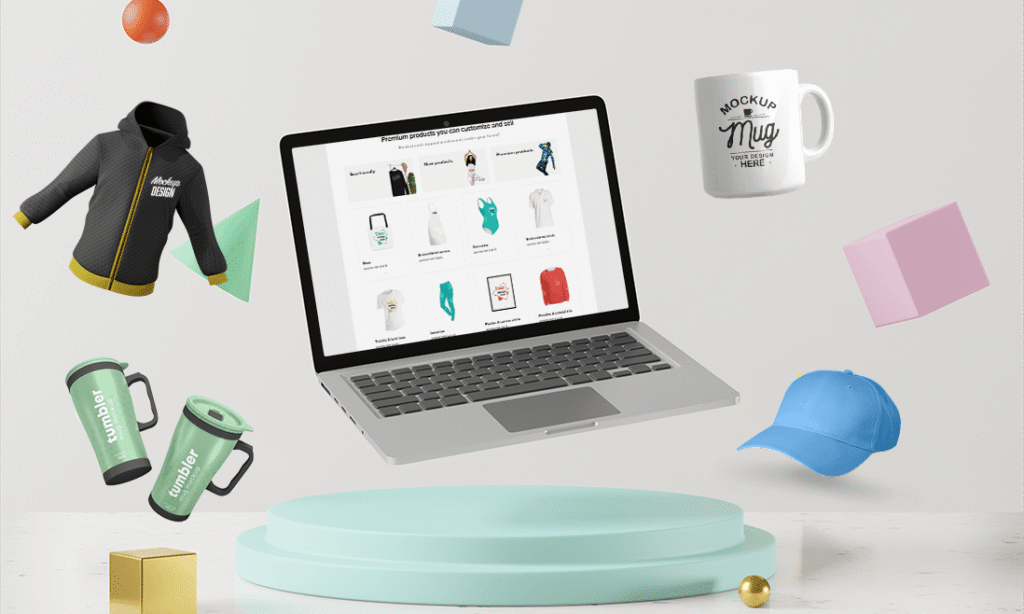
4. Build a Private Label Brand
Private labeling means sourcing generic products and branding them as your own. This method gives you more control over pricing, branding, and profit margins.
Steps to Start:
- Identify a high-demand product (e.g., supplements, beauty tools, kitchen gadgets).
- Customize packaging and branding.
- Partner with a manufacturer via Alibaba or ThomasNet.
- Sell through your own website or Amazon.
🎯 Tip: Test small batches before investing heavily in bulk inventory.
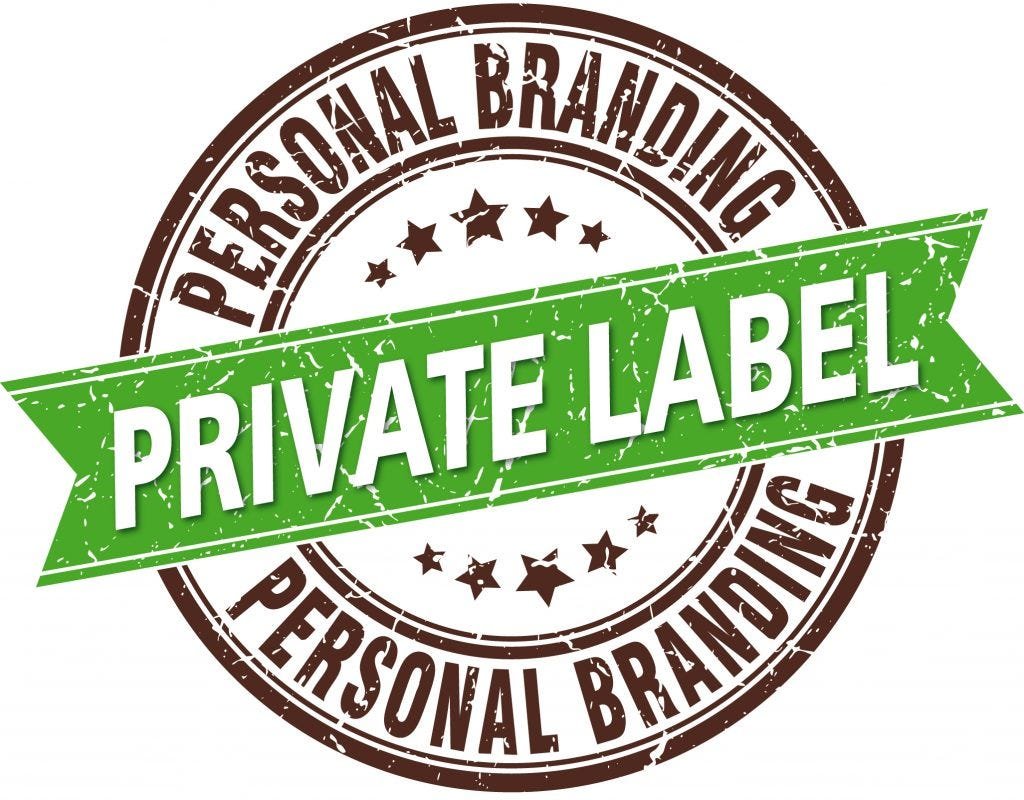
5. Open an Etsy Shop for Handmade or Digital Goods
Etsy is ideal for creators, crafters, and digital entrepreneurs who want to sell unique or personalized items.
Popular Niche Categories:
- Handmade jewelry
- Custom planners and journals
- Digital art and Canva templates
- Wedding invitations and digital downloads
- Home décor and vintage finds
💡 Pro Tip: Use SEO keywords like “minimalist planner,” “digital art print,” or “wedding invitation template” to rank higher in searches.

6. Use eBay or Facebook Marketplace for Reselling
If you want to start fast and with minimal investment, reselling used or discounted items can be a great entry point into e-commerce.
Best Items to Resell:
- Electronics (phones, laptops)
- Designer clothes and accessories
- Vintage collectibles
- Used books and games
- Furniture and home goods
🎯 Tip: Buy local, clean up items, and take clear photos to increase sales.
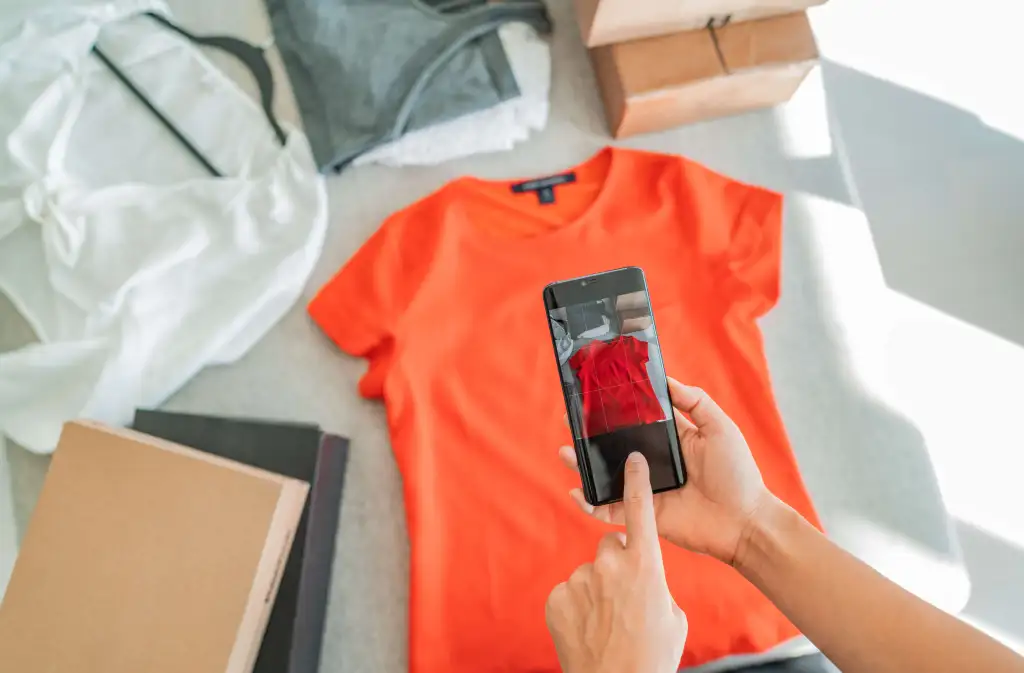
7. Create a Shopify Store for Your Own Brand
Having your own branded e-commerce store gives you full control over your brand, customer experience, and profits.
How to Build Your Shopify Store:
- Pick a niche and validate demand with Google Trends or keyword research.
- Source products or use dropshipping apps like Modalyst or Spocket.
- Design your site using free or premium Shopify themes.
- Market with influencer partnerships or paid ads.
💡 Pro Tip: Offer bundles or limited-edition drops to create urgency and boost sales.
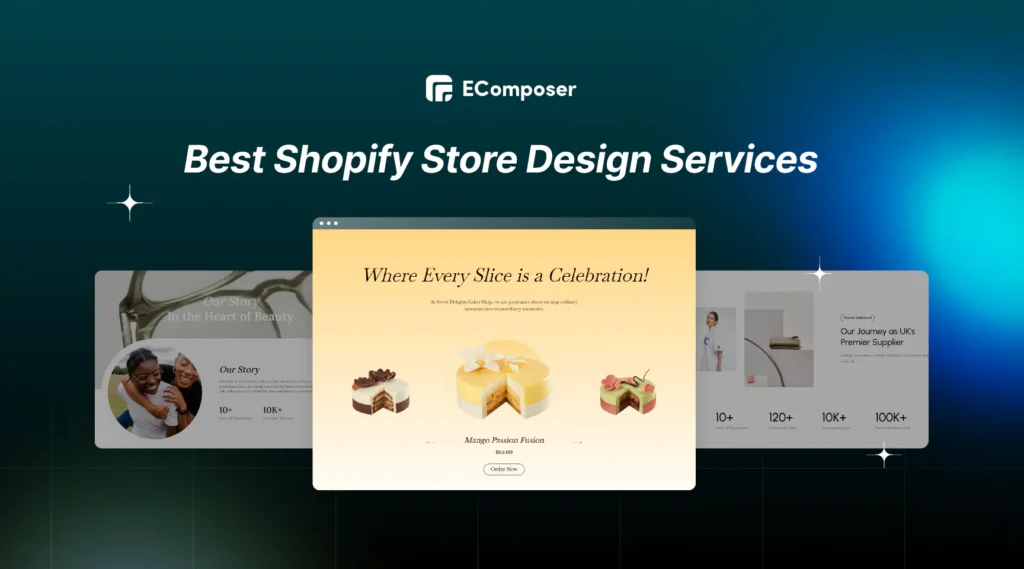
8. Become an Affiliate Marketer for Physical Products
Affiliate marketing isn’t just for digital products—you can earn commissions promoting physical goods too.
Top Platforms:
- Amazon Associates
- CJ Affiliate
- ShareASale
- Rakuten Advertising
How to Monetize:
- Build a blog or YouTube channel around your niche.
- Write reviews, comparison posts, or unboxing videos.
- Link to products using your affiliate links.
🎯 Tip: Focus on high-ticket items like tech gadgets or home appliances for bigger commissions.

9. Run a Subscription Box Service
A subscription box business delivers curated products to customers monthly—ideal for building recurring revenue.
How to Start:
- Choose a niche (fitness, self-care, snacks, productivity tools).
- Source small-batch products or partner with local brands.
- Set up recurring billing with Klaviyo or ReCharge.
- Promote via social media and email marketing.
💡 Pro Tip: Start with a local audience before scaling nationally or globally.
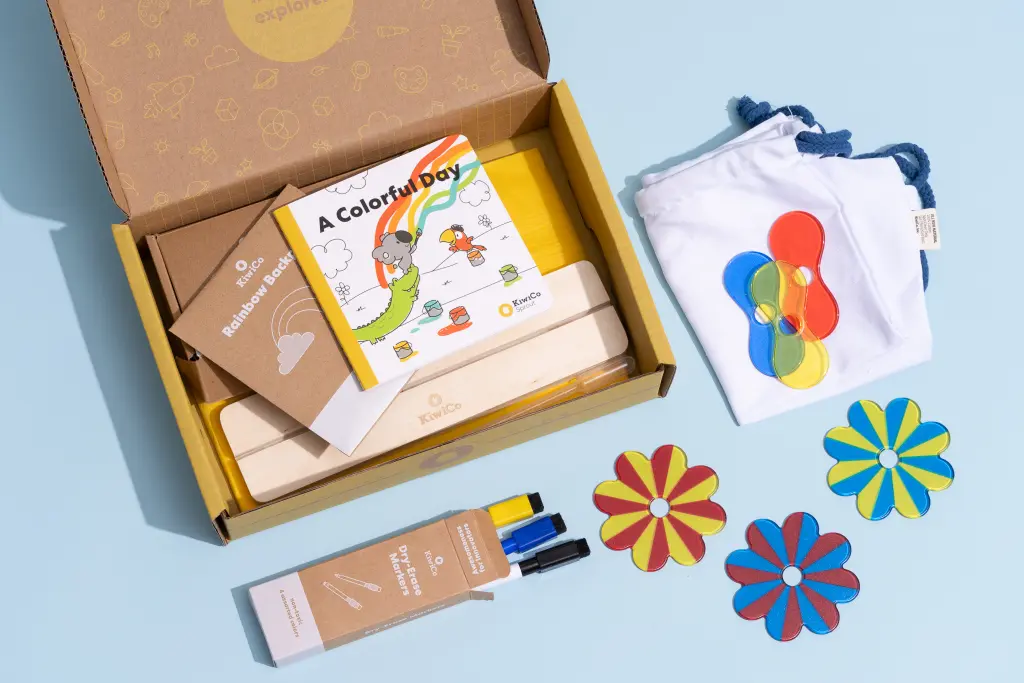
10. Sell Courses or Membership Sites Alongside Products
You don’t have to only sell physical products—many successful e-commerce businesses also offer educational content to increase value and income.
Ways to Add Value:
- Create video tutorials showing how to use your product.
- Offer downloadable guides or checklists.
- Launch a membership area with exclusive tips or community access.
🎯 Tip: Use platforms like Teachable, Thinkific, or Kajabi to host your courses.
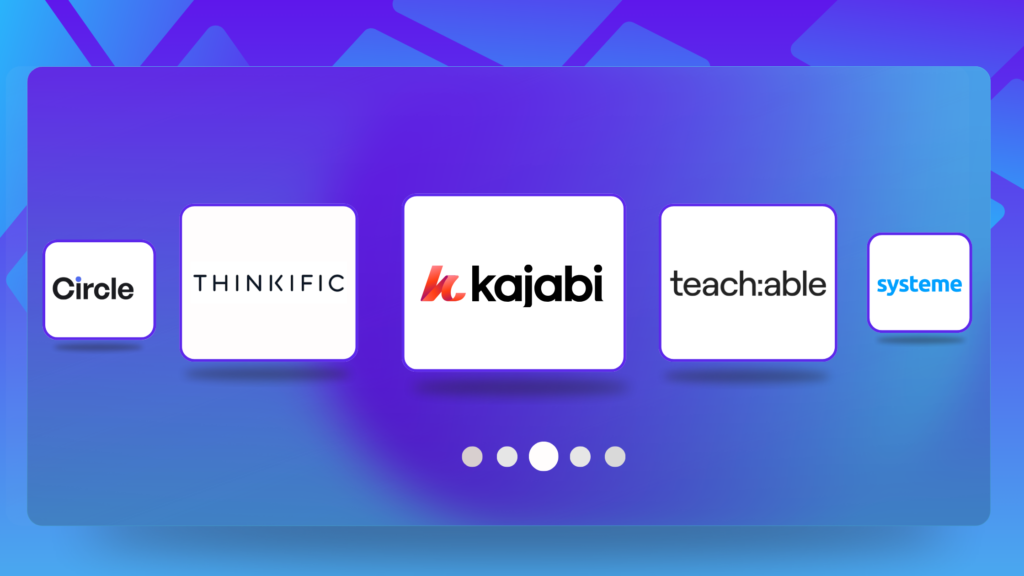
FAQs
Q1: Do I need a lot of money to start an e-commerce business?
No! You can start with less than $100 using dropshipping, print-on-demand, or reselling.Q2: Is it still possible to make money with Amazon FBA in 2025?
Yes! While competition is high, smart product selection, branding, and automation can still lead to success.Q3: What’s the fastest way to start earning with e-commerce?
Start with reselling or dropshipping—both allow you to begin selling within days, not months.
Conclusion
Making money online with e-commerce has never been easier. Whether you choose dropshipping, Amazon FBA, print-on-demand, or your own branded Shopify store, the key is to start small, test what works, and scale strategically.
Take action today, launch your first product, and grow your online business step by step—no retail experience required.



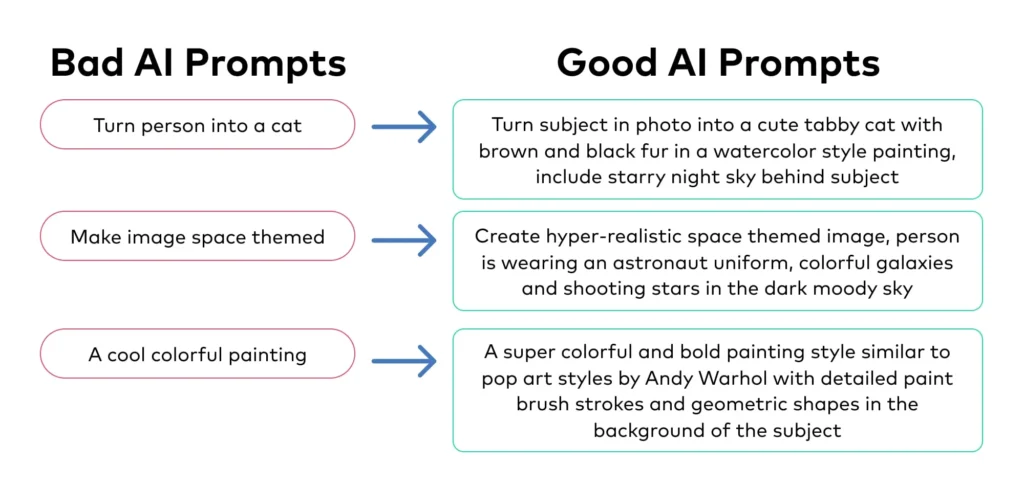


0 Comments